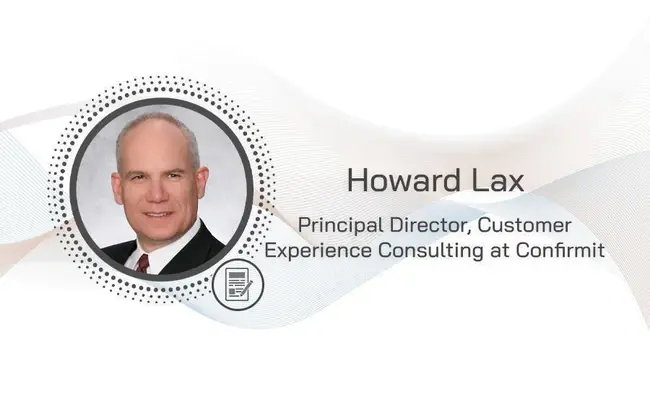Customer Experience is still regarded by many as a soft subject. There’s a tendency for it to be reduced to simple statements: make customers happy, be nice, smile. Managers are implored to apply the Golden Rule and track NPS, cheering when the score moves north and shrugging when it slumps south.
The reality, however, is that drawing upon learnings from various fields – consumer behaviour, sociology, behavioural economics, psychology and economics, among others – Customer Experience is a science.
Studying the behaviour of people may be inherently messier than the “hard’ sciences, such as biology, chemistry or physics, but CX involves evidence-based testable hypotheses drawn from observation and experiment.
It’s a rigorous field of study that, yes, involves the art of data interpretation, storytelling and presentation. But, at its core, CX is the science of how customers respond to the experiences they encounter when considering, shopping for, buying and using a brand or product.
Now more than ever, this systematic study of customer perceptions, intentions and behaviours has the potential to explain or predict future attitudes and behaviours which could be the difference between business success or failure.

Cause and Effect
CX practitioners are able to draw upon three basic premises in order to explain the cause and effect, stimulus and response of customer experience. They can examine the experiences (stimulus) that companies deliver and study how customers react (response) in order to understand why:
1. Experiences that leave an impression upon a customer will affect that customer’s disposition towards the company involved.
2. Every experience can have an impact on the larger customer relationship with a brand, but the overall relationship is more than the simple sum of experiences.
3. The customer relationship will shape the customer’s ongoing behaviour towards the firm.
Some experiences are, of course, more important than others, so the impact of each experience on the larger relationship will vary. Customers also have “indirect experiences” through advertising, social media, word of mouth and news coverage, for example, that can affect the customer relationship. It’s also worth noting that people process and retain information differently, so there is an idiosyncratic personal dimension to customer relationships.
However, it’s the strength of the overall customer relationship that is the driving force behind the customer’s behaviour - whether they continue to be a customer, buy more from the firm or recommend the company to others – which is why the drivers of customer’s behaviour matter most.
Enabling Fact-Based Decision Making
CX scientists use data and analysis to understand how the different elements of customer experience interact with each other, and to find the answers to the following questions:
- What creates a great customer experience?
- How does Experience A, B, C . . . affect the overall customer relationship?
- What is the impact of the Employee Experience on the Customer Experience?
- What is the role of emotions in CX?
- How does CX affect customer behaviour?
- And, of course, how does all of this affect the business outcome?
All of these pieces are measurable and the results quantifiable. While measurement doesn’t equate to action and management, the only way businesses can address CX challenges and take action to improve experiences is by having a solid fact-based foundation on which to make informed decisions.
No, this foundation won’t tell you exactly how to solve the problem any more than the laws of physics tell NASA (or SpaceX) exactly how to build a rocket. However, when it comes to maximising customer retention, the science of CX is able to quantify the importance of the various dimensions of the customer (and employee) experience in maximising retention, identify which metric or KPI best predicts retention and calculate the likelihood of retention. Armed with this knowledge, managers can determine a fact-based course of action to boost retention. Without those facts, a company is flying blind.
CX in Practice
CX Scientists can and do harness many of the same fundamental scientific principles that product development teams use to investigate, test, measure and prove which materials and processes will deliver the innovation that is sought. CXers test, measure and prove which configuration of online tools will deliver the best web experience, which interactions have the most impact on the customer relationship and what aspects of the customer relationship drive customer behaviour.
Yes, the science of customer behaviour is inherently more complicated than many aspects of product development. There is far more variance in human behaviour than in the ‘behaviour’ of inanimate objects and raw materials.
However, every company knows the responses or behaviours they want from their customers – continue to buy, buy more, buy more expensive, recommend that others buy, give a larger share of spend.
The CX Scientist’s job is therefore how to identify how to modify the experiences the company currently is delivering to stimulate or increase the likelihood that customers will engage in these loyalty behaviours, the behaviours that create value for the firm.
This is the science of CX in practice: helping the company do everything it can to deliver the direct and indirect experiences that motivate the customer behaviours that create value.
Businesses that embrace the science of CX will be able to lead from the front.







Comments ( 0 )